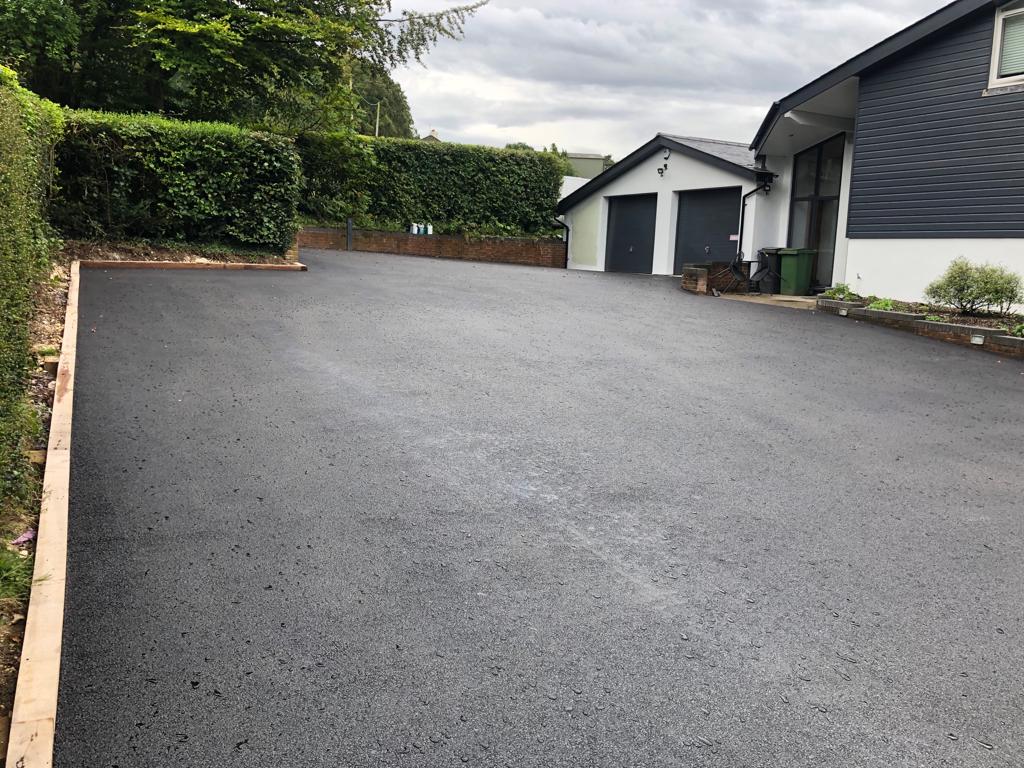Introduction: Potholes pose a persistent challenge for road maintenance authorities, impacting safety, vehicle longevity, and overall road quality. However, technological advancements have revolutionised how we detect and repair these road hazards. This blog post will explore some of the most innovative technologies used to identify and address potholes, paving the way for safer and more efficient roadways.
Automated Pothole Detection Systems:
- Automated pothole detection systems utilise advanced sensors, cameras, and machine learning algorithms to identify and catalogue road defects in real-time. These systems can be mounted on vehicles or integrated into existing infrastructure, continuously scanning road surfaces for signs of deterioration. By detecting potholes early, authorities can prioritise repairs and prevent further damage, improving road safety and reducing maintenance costs.
Infrared Pothole Repair:
- Infrared pothole repair technology offers a rapid, long-lasting solution for addressing road defects. This innovative method involves heating the damaged area with infrared rays to soften the asphalt binder, allowing it to be reworked and compacted. Once the asphalt is restored to its original condition, it seamlessly integrates with the surrounding pavement, creating a durable and aesthetically pleasing repair. Infrared pothole repair is faster than traditional methods and more environmentally friendly, requiring fewer materials and minimal waste.
Cold Mix Asphalt:
- Cold mix asphalt is a versatile and cost-effective solution for repairing potholes in various weather conditions. Unlike hot mix asphalt, which requires heating before application, cold mix asphalt can be used at ambient temperatures, making it ideal for emergency repairs and temporary fixes. This innovative material contains specially formulated additives that enhance workability and durability, ensuring long-lasting repairs without needing specialised equipment or extensive road closures.
3D Printing Technology:
- Emerging 3D printing technology holds immense promise for revolutionising pothole repair processes. By utilising robotic printers equipped with asphalt-based materials, authorities can rapidly fabricate customised patches for road defects of varying shapes and sizes. 3D printing offers unparalleled precision and efficiency, reducing labour costs and material waste associated with traditional repair methods. Additionally, 3D-printed patches can be designed to match the surrounding pavement seamlessly, enhancing road aesthetics and longevity.
Self-Healing Materials:
- Researchers are exploring the development of self-healing materials capable of autonomously repairing potholes and surface cracks. These innovative materials incorporate microcapsules or reactive polymers that release healing agents when activated by external stimuli, such as moisture or temperature changes. As cracks and defects propagate, the healing agents are released, filling the voids and restoring the pavement’s integrity. While still in the experimental stage, self-healing materials show great potential for revolutionising pothole repair processes and extending the lifespan of road infrastructure.
Conclusion: Innovative technologies are transforming how we detect and repair potholes, offering faster, more cost-effective, and sustainable solutions for maintaining road infrastructure. By embracing these advancements, authorities can enhance road safety, minimise disruptions, and ensure the longevity of transportation networks.
Call us on: 03 9068 7895
Click here to find out more about Campbellfield Road Tech
Click here to complete our contact form and see how we can help with your road needs.

